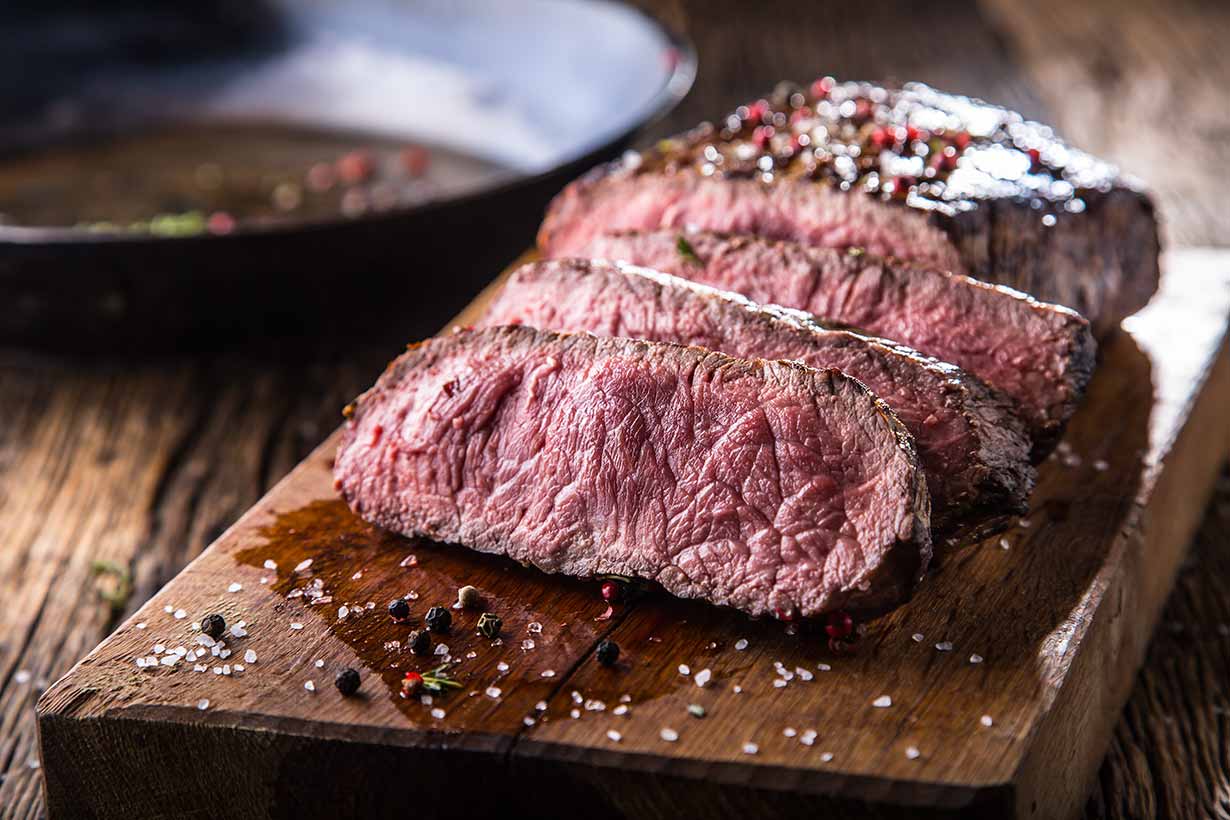Bison

Bison is a Green food. Green foods are safe to eat as a regular part of a diet.
Category Quotes
Guideline related quotes related to Meat-Game and Green throughout Geoff Bond's publications.
Examples of one serving include 3 oz (size of a deck of cards) cooked meat or poultry; 3 oz grilled fish; 1 egg. ~Paleo in a Nutshell p.95
For the meat, poultry, eggs, and fish group, Preferably consume two servings a day of “Green-Green” foods. If unavailable, you can consume two servings a day of “Green” foods. ~Paleo in a Nutshell p.102
For the meat, poultry, eggs, and fish group Restrict total food group servings per session to one. ~Paleo in a Nutshell p.102
For the meat, poultry, eggs, and fish group, Restrict total food group servings per day to two. ~Paleo in a Nutshell p.102
Additional Quotes
Specific references to Bison throughout Geoff Bond's publications.
We are beginning to see the introduction of some "managed" wild animals on the market, such as venison (from deer), kangaroo, antelope, and bison (Plains buffalo). These creatures are not strictly speaking domesticated— they breed according to their own inclinations and are allowed to roam relatively freely on a range that closely resembles their natural habitat. Their numbers are culled in a sustainable way and their meat is introduced into the food chain. The American researcher Loren Cordain considers that the meat from these animals is similar to the Savanna Model, with the proviso that they browse the naturally occurring vegetation and are not given commercial feed. ~Paleo in a Nutshell p.59
In most instances, meat from various wild creatures has a conforming fatty acid profile. Truly wild game that feeds off what it finds in its natural habitat is an approved animal matter and is fine to consume in moderation. It will be low-fat and should have a good fatty acid profile. This includes wild boar, moose, caribou, and bison. ~Paleo in a Nutshell p.69